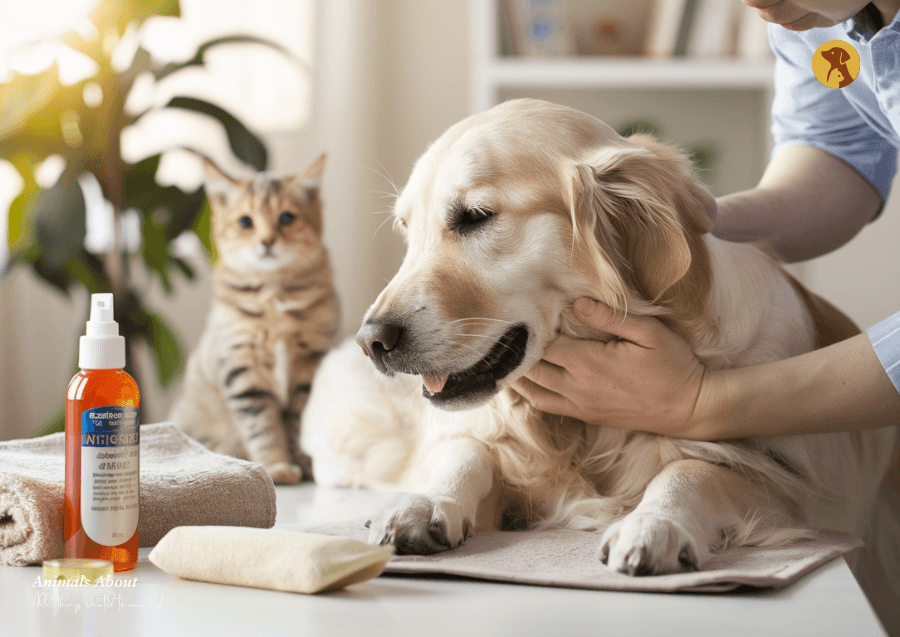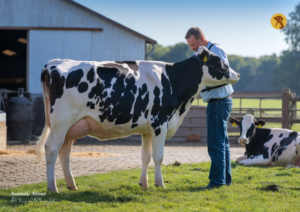Pet hot spots can be a real pain for your furry friend, causing discomfort and irritation that no animal lover wants to see. These red, inflamed patches, often called moist dermatitis in dogs or cats, appear suddenly and can worsen quickly if not addressed. The good news? You can treat pet hot spot effectively with simple, vet-approved methods. In this comprehensive guide, we’ll share practical steps to heal pet hot spots, soothe pet skin irritation, and prevent future issues—all tailored for animal lovers who want the best for their pets.
Understanding Pet Hot Spots
A hot spot is a sore, red, and often moist area on your pet’s skin caused by excessive licking, scratching, or biting. These itchy red spots on pets are warm to the touch, which is why they’re called “hot” spots. They’re most common in dogs but can also affect cats. Triggers include:
- Allergies (fleas, food, or environmental factors)
- Pet scratching constantly due to stress or boredom
- Poor pet grooming and hot spots, leading to matted fur
- Insect bites or minor injuries that become irritated
- Underlying inflammation on dog’s skin or infections
Hot spots spread fast, so acting quickly is key to treating dog skin sores or cat hot spot care. By learning to treat pet hot spot, you can ease your pet’s discomfort and promote healing.
How to Spot a Hot Spot
Recognizing a hot spot is the first step to treatment. Look for these signs:
- Red, wet, or oozing patches that are painful when touched
- Dog licking skin raw or chewing the area excessively
- Hair loss around the sore
- A foul odor, common with moist dermatitis in dogs
- Restlessness or discomfort in your pet
If you’re unsure whether it’s a hot spot or another issue, seek vet advice for pet hot spots. A vet can confirm the diagnosis and rule out conditions like fungal infections or deeper wounds, ensuring you treat pet hot spot correctly.
Step-by-Step Guide to Treat Pet Hot Spot
Here’s how to treat pet hot spot at home with easy, effective steps. These pet wound care tips will help soothe your pet and speed up recovery.
1. Trim the Fur Around the Hot Spot
Hot spots thrive in moist, warm environments. To help the area dry out, carefully trim the fur around the sore using pet-safe clippers or scissors. This improves airflow and makes it easier to apply treatments. Be gentle to avoid hurting your pet, and consider regular pet grooming and hot spots to prevent future issues.
2. Clean the Affected Area
Gently clean the hot spot with an antiseptic solution or mild pet-safe soap to remove dirt, bacteria, and debris. Pat the area dry with a clean towel. Keeping the sore clean is essential for hot spot healing for pets and preventing infections, making it a critical step to treat pet hot spot.
3. Apply a Vet-Approved Treatment
To reduce inflammation and fight bacteria, use a vet-approved hot spot treatment like an antibacterial cream for pets or a hot spot spray for dogs. Hydrocortisone sprays or medicated ointments can also soothe pet skin irritation. Always follow your vet’s guidance and avoid human medications, which can harm pets. This step is vital to treat pet hot spot effectively.
4. Prevent Further Irritation
Your pet may try to lick or scratch the sore, worsening the hot spot. To stop this:
- Use an Elizabethan collar (cone) to block access to the sore.
- Distract them with toys or playtime to reduce pet scratching constantly.
- Keep the area dry and avoid bandaging, as hot spots need air to heal.
These measures ensure your efforts to treat pet hot spot aren’t undone by your pet’s instincts.
5. Monitor and Maintain
Check the hot spot daily to track progress. Look for reduced redness, less moisture, and new skin forming. If the sore worsens or doesn’t improve within a few days, consult your vet for vet advice for pet hot spots. They may prescribe stronger treatments like antibiotics or steroids to treat pet hot spot more aggressively.
Natural Remedies for Hot Spots
For pet owners seeking natural remedies for hot spots, these gentle options can complement vet-approved care:
- Aloe Vera: Apply pure, pet-safe aloe vera gel to soothe inflammation on dog’s skin. Ensure your pet doesn’t lick it off immediately.
- Chamomile Tea Rinse: Brew a weak chamomile tea, let it cool, and rinse the hot spot for its calming, anti-inflammatory effects.
- Coconut Oil: Use sparingly to moisturize and reduce itching, but avoid overuse to prevent clogging the area.
Always consult your vet before trying home treatment for pet skin to ensure it’s safe for your pet. These remedies can support your efforts to treat pet hot spot naturally.
Preventing Future Hot Spots
Once you’ve managed to treat pet hot spot, take steps to prevent recurrence:
- Regular Grooming: Brush your pet often to avoid matted fur and check for early signs of itchy red spots on pets.
- Flea Control: Use vet-recommended flea prevention to stop allergic reactions that trigger hot spots.
- Healthy Diet: Feed a balanced diet to support skin health and reduce allergies.
- Stress Management: Provide mental stimulation and exercise to minimize stress-related dog licking skin raw.
By being proactive, you can reduce the need to treat pet hot spot in the future.
When to See a Vet
While many hot spots can be managed at home, some require professional care. Contact your vet if:
- The hot spot is large, deep, or spreading rapidly.
- Your pet shows signs of infection, like pus, fever, or lethargy.
- Soothing pet skin infections at home doesn’t work after a few days.
- Your pet has recurring hot spots, which may signal allergies or hormonal issues.
Your vet may recommend tests to identify the cause and prescribe canine hot spot remedies or cat hot spot care tailored to your pet. This ensures you treat pet hot spot effectively in severe cases.
Why Prompt Care Matters
Hot spots can escalate quickly, turning a small irritation into a painful infection. By acting fast to treat pet hot spot, you prevent discomfort and reduce the risk of complications. Animal lovers know how important it is to keep their pets happy and healthy, and addressing pet skin irritation promptly shows your pet you care.
Additional Tips for Pet Owners
- Check for Underlying Issues: Recurring hot spots may indicate allergies, hormonal imbalances, or skin conditions. Work with your vet to address these.
- Use Pet-Safe Products: Always choose antibacterial cream for pets or hot spot spray for dogs designed for animals.
- Stay Consistent: Follow through with cleaning, treatment, and prevention to ensure hot spot healing for pets.
Final Thoughts
Dealing with a pet hot spot can be challenging, but with the right approach, you can help your pet heal quickly and comfortably. By following these pet wound care tips, using vet-approved hot spot treatment, and preventing future issues, you’ll keep your pet’s skin healthy and their spirits high. Animal lovers, you’ve got this! If you’re ever unsure, your vet is just a call away for expert guidance.
Have you faced hot spots with your pet? Share your canine hot spot remedies or cat hot spot care tips in the comments—we’d love to hear from our fellow pet lovers!
FAQ
Carefully clip the hair around the affected area to expose it to air and prevent matting. Use pet-safe clippers and be gentle.
Use a mild antiseptic solution (like diluted chlorhexidine or iodine). Gently clean the area with a soft cloth or gauze—avoid harsh scrubbing.
Use vet-approved creams or sprays to soothe irritation and fight infection. Common ingredients include hydrocortisone or antibacterial agents.
Use an e-collar (cone) or pet recovery sleeve to stop your pet from irritating the area further.







